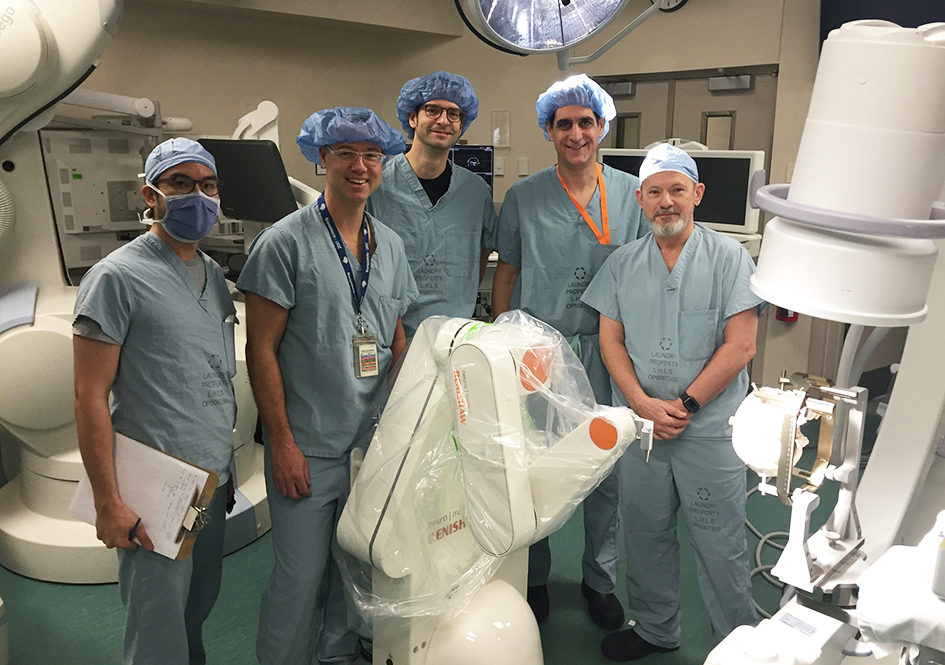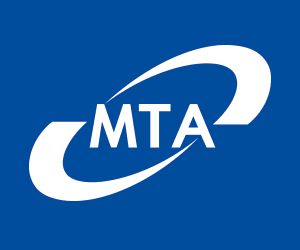Renishaw have announced the first neuromate® stereotactic robot in Canada has been installed in the London Health Sciences Centre (LHSC) in London, Ontario.
The first neuromate® assisted neurosurgical procedure performed in Canada was a Stereo-electroencephalography (SEEG) case, a procedure which uses intracerebral electrodes to measure electrical signals within the brain. The aim of this type of surgery is to identify which area of the brain is generating the sudden bursts of electrical signals which cause epileptic seizures.
The team at LHSC is led by Neurosurgeon and Co-Director of the Epilepsy Program, Dr. David Steven, who is also an Associate Professor of Neurosurgery, Epidemiology and Biostatistics at Western University.
“The robot totally changes how we approach insertion of SEEG electrodes,” said Dr. Steven. “It is already noticeably faster and more accurate than the previous system. In addition, it allows us to plan trajectories previously impossible with a standard frame, making surgery safer and more accurate.”
The neuromate® stereotactic robot is designed to provide a consistent, accurate and repeatable platform for therapy delivery and diagnostic procedures. SEEG depends on meticulous planning to accurately target structures concealed deep within the brain tissue. Whilst the neurosurgeon is still responsible for all direct contact with the patient, the neuromate robot aims to enhance the safety and cost-effectiveness of procedures by supporting and guiding the surgical tools into position, according to the neurosurgeon’s pre-planned trajectory. neuromate® is already installed in several healthcare centres of excellence around the world, and has been used in over 10,000 procedures for over 20 years.
“We are very excited at the opportunity of working together with the distinguished team at London Health Sciences Centre. Their advanced research and clinical practice will help us to continue pushing the neuromate to higher levels. Our team will support Dr Steven to continue providing best care for his patients.” said Dr. Abed Hammoud, CEO of Renishaw Mayfield, Switzerland.
LHSC is one of Canada’s largest acute care teaching hospitals, and has been a site of patient care, teaching and research excellence for more than 142 years. As a leader in medical discovery and health research, London Health Sciences Centre has a history of over 70 international and national firsts and attracts top clinicians and researchers from around the world.
Robotic surgery in Canada
Canada has a proud history of robot assisted surgery, with the first surgical robot in the world being developed in Vancouver, BC. Used for the first time in March 1985, the Arthrobot was a voice activated orthopaedic surgical robot, which assisted by supporting and adjusting the patient’s knee during surgery. Prior to the introduction of the robot, the surgeon would either have to do two jobs at once, manipulating the knee whilst carrying out the procedure, or a human assistant would be required to do the physically tiring job of supporting the patient’s leg.







